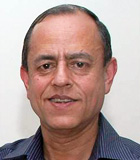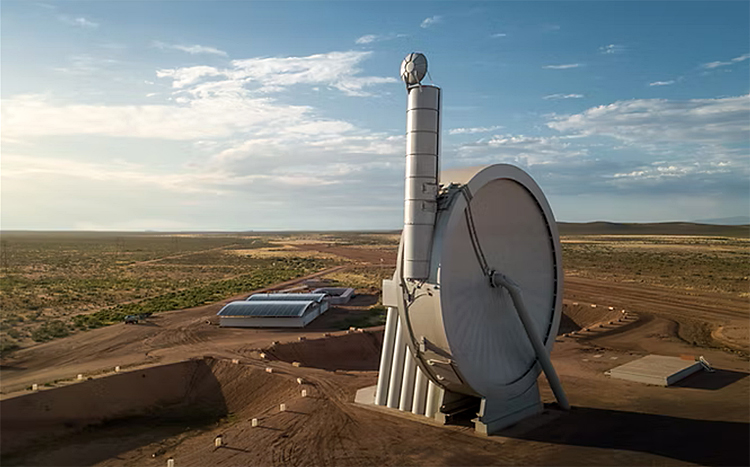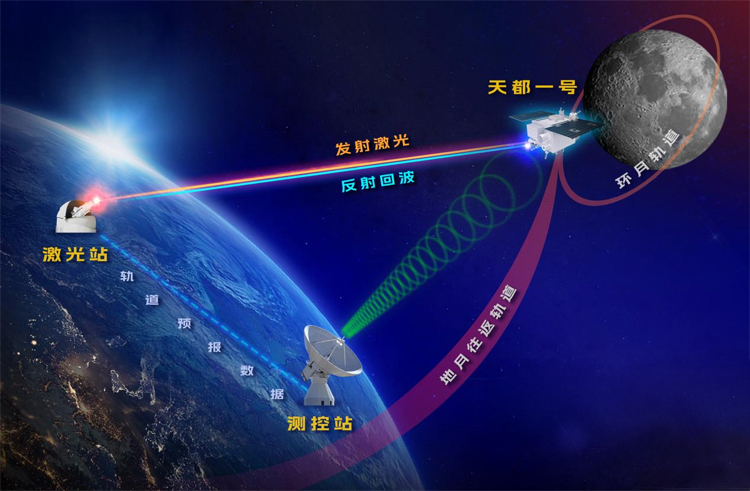INDIAN ARMED FORCES CHIEFS ON OUR RELENTLESS AND FOCUSED PUBLISHING EFFORTS

The insightful articles, inspiring narrations and analytical perspectives presented by the Editorial Team, establish an alluring connect with the reader. My compliments and best wishes to SP Guide Publications.

"Over the past 60 years, the growth of SP Guide Publications has mirrored the rising stature of Indian Navy. Its well-researched and informative magazines on Defence and Aerospace sector have served to shape an educated opinion of our military personnel, policy makers and the public alike. I wish SP's Publication team continued success, fair winds and following seas in all future endeavour!"

Since, its inception in 1964, SP Guide Publications has consistently demonstrated commitment to high-quality journalism in the aerospace and defence sectors, earning a well-deserved reputation as Asia's largest media house in this domain. I wish SP Guide Publications continued success in its pursuit of excellence.
- Operation Sindoor: Resolute yet Restrained
- India’s Operation Sindoor Sends a Clear Message to Terror and the World – ‘ZERO TOLERANCE’
- Japan and India set forth a defence cooperation consultancy framework, talks on tank and jet engines
- Terrorist Attack in Pahalgam in Kashmir: Unfolding a long surgical war against PAK
- Lt General Pratik Sharma takes over Command of Indian Army's Northern Command
Space Going Hot
From satellite cannons and hypersonic test flights to lunar laser tracking and space-based solar power, the latest breakthroughs in the US, China, and Japan signal a new era of innovation redefining aerospace and space exploration
 |
The Author is Former Director General of Information Systems and A Special Forces Veteran, Indian Army |

According to news reports of August 25, 2025 a California-based startup 'SpinLaunch' is poised to revolutionise satellite deployment with its centrifugal cannon, capable of launching spacecraft at unprecedented speeds, promising cost-effective and environmentally friendly alternatives to traditional rocket launches. The company's Meridian Space constellation aims to provide high-speed communication services at reduced costs.
SpinLaunch commercial launches could cost between $1,250 to 2,500 per kg, which is a fraction of the SpaceX Falcon 9 rocket launch.
SpinLaunch aims to revolutionise how microsatellites are deployed into Low Earth Orbit (LEO) that could have far-reaching implications. The company's Meridian Space constellation is poised to launch the first batch of microsatellites in the near future. These microsatellites, having diameter of 7.5 feet and weighing approximately 69.8 kg; are stacked in a 'Launch Bus' reducing the overall weight. The Suborbital Accelerator has already launched 10 rockets into suborbital flight; witnessing objects reaching velocities of 8,045.72 km/h and withstanding forces as high as 10,000 Gs before entering the upper atmosphere.
SpinLaunch commercial launches could cost between $1,250 to 2,500 per kg, which is a fraction of the SpaceX Falcon 9 rocket launch. Also, the lack of greenhouse gas emissions and no booster rockets implies a more sustainable approach, addressing environmentand space debris concerns. However, plans for a larger Orbital Accelerator could increase satellite launch frequency, as well as space debris in LEO. It would be interesting to see how the global aerospace industry adapts to microsatellite launches by SpinLaunch.

Recent advancements in hypersonic technology have captured the attention of the aerospace industry, with significant implications for national defence and technological innovation. America's 'Ursa Major' and 'Stratolaunch' have announced a $32.9 million deal to enhance the capabilities of the Talon-A hypersonic test vehicle with advanced H13 rocket engines; to boost efforts of the US to maintain technological superiority on the global stage, as per the media reports of August 25, 2025.
America's 'Ursa Major' and 'Stratoaunch' have announced a $32.9 million deal to enhance the capabilities of the Talon-A hypersonic test vehicle with advanced H13 rocket engines
The Talon-A hypersonic reusable vehicle is a pioneering example of modern aerospace technology. It is designed to achieve speeds exceeding Mach 5, making it a crucial asset for testing military hypersonic technologies. The vehicle is launched from Stratolaunch's carrier aircraft, which boasts the largest wingspan in the world, underscoring the ambitious scale of this project. The recent contract with Ursa Major aims to incorporate upgraded H13 engines into the Talon-A, enhancing its propulsion and overall performance. The upgraded H13 engines are designed to extend the Talon-A's reusability and efficiency, enhancing its role in future aerospace developments.

During a test in May 2025, the Talon-A successfully completed its second flight exceeding Mach 5, providing valuable data to improve future designs. Developing reusable hypersonic platforms like Talon-A is crucial due to technical challenges and the cost of hypersonic testing. The upgraded H13 engines, capable of producing 5,000 lbf of thrust, are designed to enhance the vehicle's performance and longevity. These engines employ an oxygen-rich staged combustion cycle, a sophisticated method typically used in large space launchers. This advancement reduces operating costs and increases the frequency of tests, facilitating quicker progress in hypersonic technology. As China and Russia continue to advance their hypersonic technologies, the US wants to keep ahead through projects like the Talon-A. As these technologies evolve, with the US prioritising hypersonic testing, the potential applications of hypersonic vehicles extend beyond military use, possibly influencing civilian sectors as well; opening the door to future innovations that could transform the aerospace industry.
China has achieved a groundbreaking milestone in space exploration technology by successfully using a laser to target a satellite orbiting the Moon in broad daylight
China has achieved a groundbreaking milestone in space exploration technology by successfully using a laser to target a satellite orbiting the Moon in broad daylight, as reported in the media on August 24, 2025. This achievement, carried out by China's Deep Space Exploration Laboratory (DSEL), marks a pivotal advancement in deep-space navigation and communication. The precision of this operation, which has been compared to hitting a single hair from over 9.6 km away, is set to enhance the reliability of future lunar missions.

The success of China's laser targeting is a testament to the country's growing expertise in space technology. Achieving such precision required overcoming numerous challenges, including the fast-paced movement of satellites and the complexities of cislunar space. This success provides China with the capability to gather data whenever the satellite is visible, substantially improving the accuracy of positional data for future missions.
China's ability to conduct laser ranging in daylight represents a major breakthrough in Earth-Moon tracking, essential for providing high-precision landing guidance and coordinating rover fleets on the Moon's surface.
The Tiandu-1 satellite, which is part of a trio launched in March 2024, plays a crucial role in China's ambitious Queqiao relay constellation. This network is designed to facilitate communication and navigation between Earth and the Moon, supporting a wide range of lunar activities. These include the deployment of landers, rovers, and potentially crewed missions, all of which are planned before the end of the decade. China's ability to conduct laser ranging in daylight represents a major breakthrough in Earth-Moon tracking, eliminating a significant barrier in autonomous spacecraft operations; essential for providing high-precision landing guidance and coordinating rover fleets on the Moon's surface.
Japan has announced it is ready to beam solar power from space directly to Earth.
Concurrently, Japan has announced it is ready to beam solar power from space directly to Earth. The mission, called 'OHISAMA', will launch a compact satellite equipped with photovoltaic panels and microwave transmitters.Once deployed in low Earth orbit, the satellite is expected to relay about 1 kilowatt of power back to the ground; representing the first real demonstration of space-based solar energy, a concept that scientists have been working toward for decades. The simple but revolutionary experiment involves: collecting sunlight in space, where it is constant and unobstructed, then wirelessly transmitting it to Earth as clean, renewable energy. Unlike ground-based solar panels, space-based systems could deliver power day and night, unaffected by weather or seasons.





